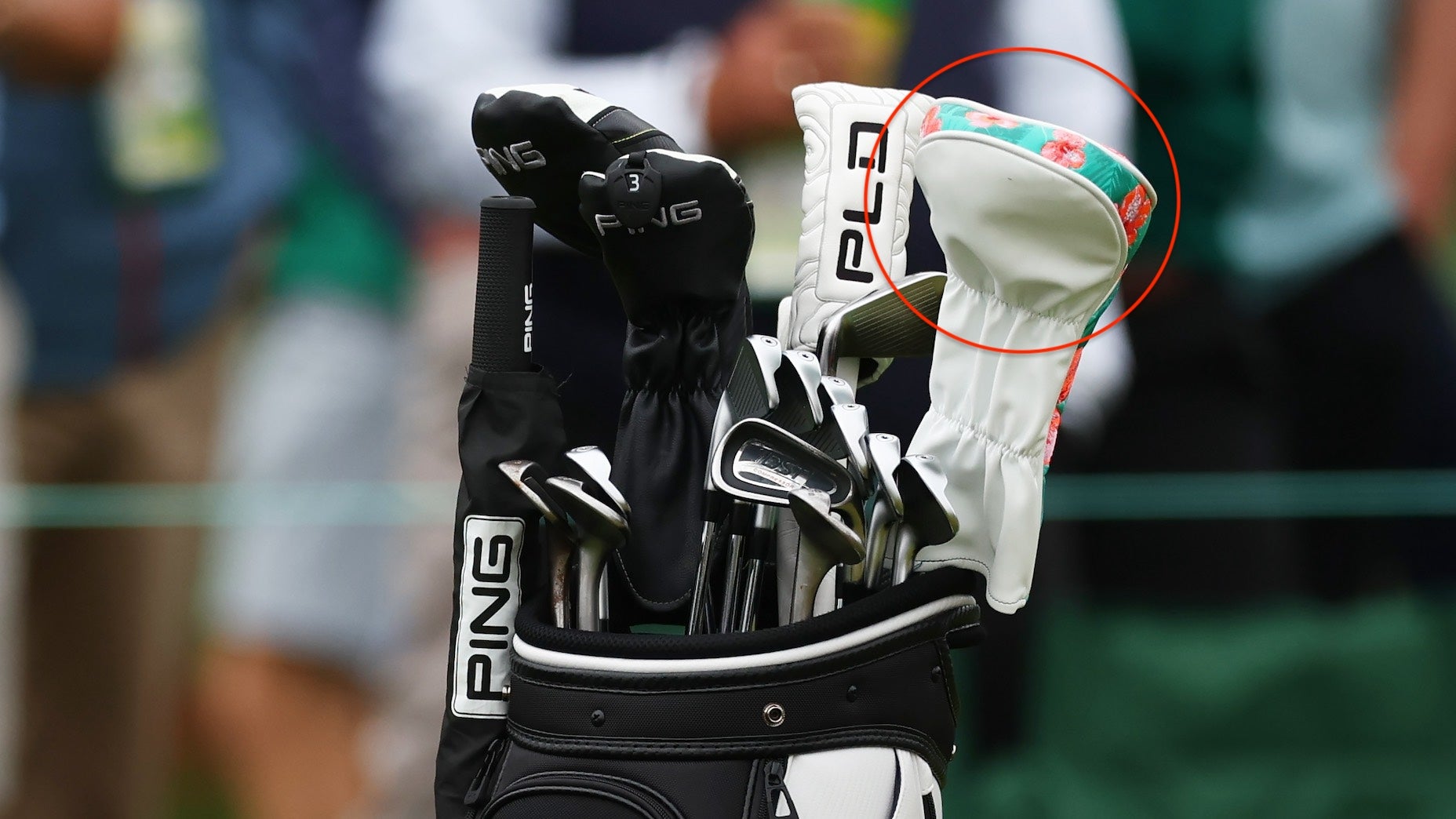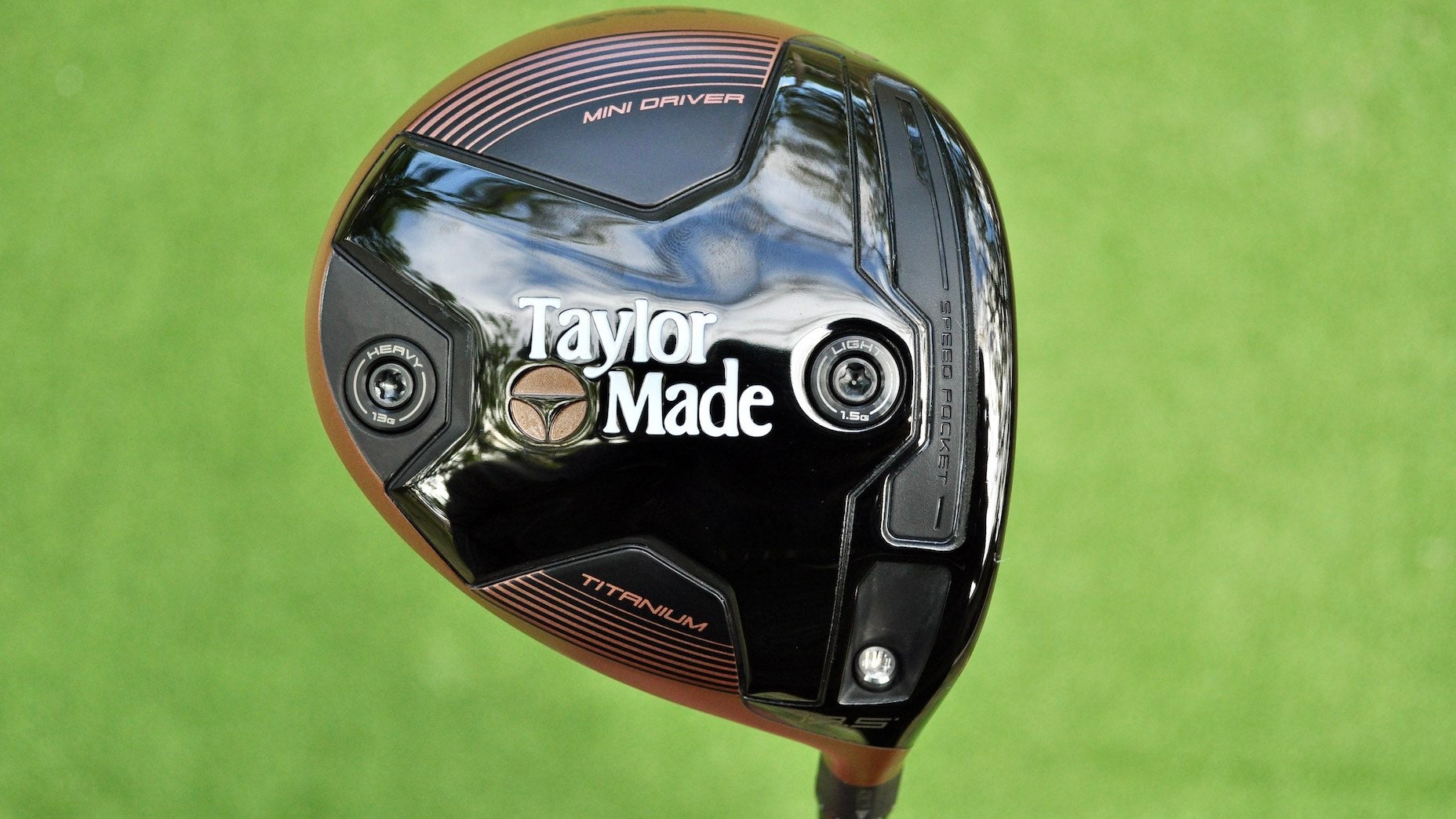 Buy the driver Scottie Scheffler used to win the 2024 Masters
Buy the driver Scottie Scheffler used to win the 2024 Masters
FIRST LOOK: TaylorMade’s 2020 SIM and SIM Max drivers, fairway woods and rescues
TaylorMade has officially launched its new line of SIM (Shape in Motion) metalwoods, consisting of drivers, fairway woods and rescue clubs. The M-family nomenclature is out after four generations, and while many of the same technologies remain from yesteryear in the new designs, TaylorMade now has a new emphasis on shape.
Since 2015, TaylorMade has mainly focused on making material improvements with its M-family of metalwoods — mostly by introducing and honing the use of carbon composites — in order to optimize distance and forgiveness. Now, with its SIM products, the company has shifted its primary focus to aerodynamics and finding better geometrical shapes to improve club head speed for golfers.
In 2019, TaylorMade took it to the limits of performance within USGA parameters with its M5 and M6 drivers. Using a Speed Injection process, the company built its drivers past the CT (Characteristic of Time) limit, and then injected resin in the heel and toe areas of the faces to slow them down and bring the drivers back under the legal limit; that meant its drivers were closer to the legal limits of ball speed than ever before.
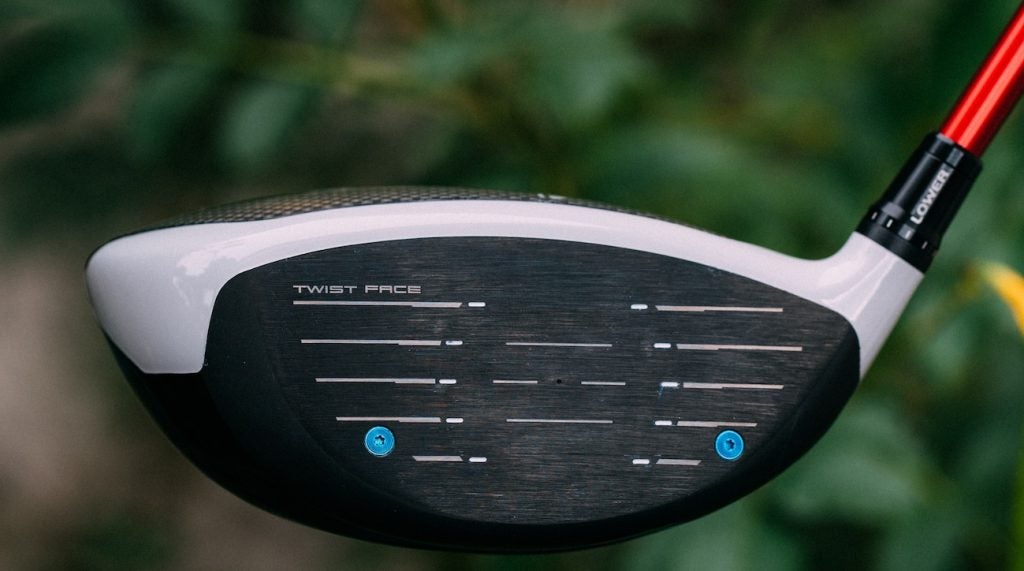
Ball speed is just one factor of distance, though. Club head speed is another vital aspect in determining how far your golf ball travels. So, in order to boost club head speeds by reducing drag in the new SIM drivers, TaylorMade designed heads that improve airflow around the bodies during the swing as the club enters impact.
Historically, there’s been an issue with designing aerodynamic drivers. As TaylorMade explains, raised crowns and soles make for better aerodynamic shapes, but those designs work against the low CG (center of gravity) and high MOI (moment of inertia) designs we’ve become accustomed to in recent years. Therefore, driver companies were always left making compromises, according to TaylorMade’s director of product, Tomo Bystedt.
“The history of driver design has been about prioritizing tradeoffs,” Bystedt said. “You could have great launch conditions, but poor forgiveness. You could have great forgiveness, but at the sacrifice of distance. You could have an aerodynamic shape, but with less optimal launch conditions.”
With its new SIM, SIM Max and SIM Max D drivers, though, TaylorMade is working to eliminate those tradeoffs with a drastically different shape that has an asymmetrical sole design, while carrying on the material and face improvements it made with the M-family.
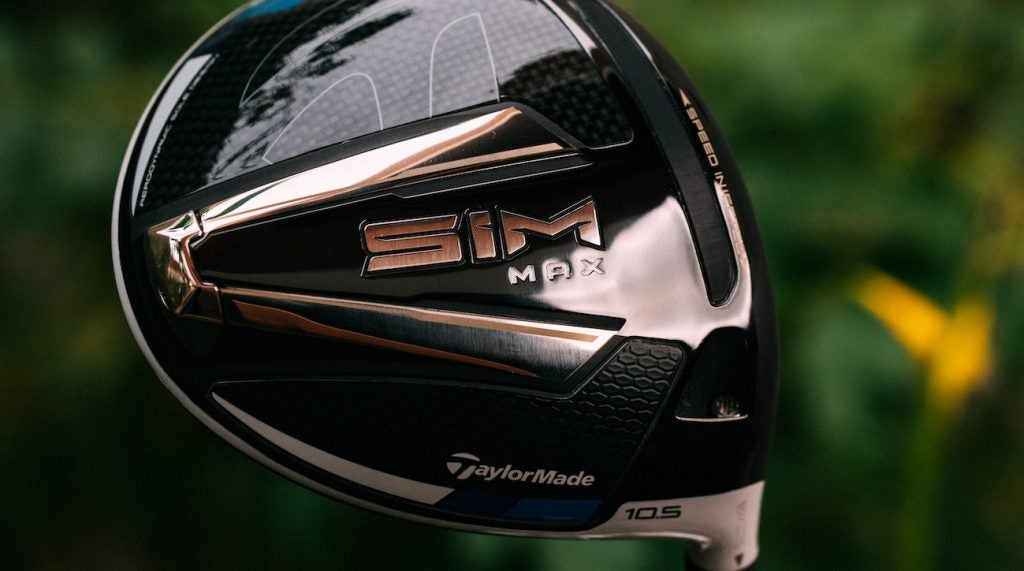
TaylorMade built the crowns and soles higher on the SIM drivers to capitalize on improved airflow, and then to lower CG and raise MOI, TaylorMade added what it’s calling an “Inertia Generator” on the sole, with a fixed steel weight in the rear portion. This Intertia Generator, which is the visible protrusion on the sole, works to move weight lower and more rearward, and it’s positioned at about a 30-degree angle to reduce drag as the club head enters the golf ball. TaylorMade says the last three feet of the downswing is the most critical stage of the golf swing when it comes to speed increase, so the Inertia Generator “matches that downswing orientation,” as Bystedt told GOLF.com.
Since the Interia Generator sits at an angle and makes the toe side heavier in the head, TaylorMade placed carbon on only the toe side of the crown in order to position the CG in the center of the face (from toe-to-heel).
The drivers each have familiar technologies from the M-family, such as multi-material crowns that include carbon fiber, TwistFace technology in the face to reduce the effect of mishits on the high toe and low heel sections, and titanium faces with the company’s familiar Inverted Cone Technology to expand the effective sweet spot.
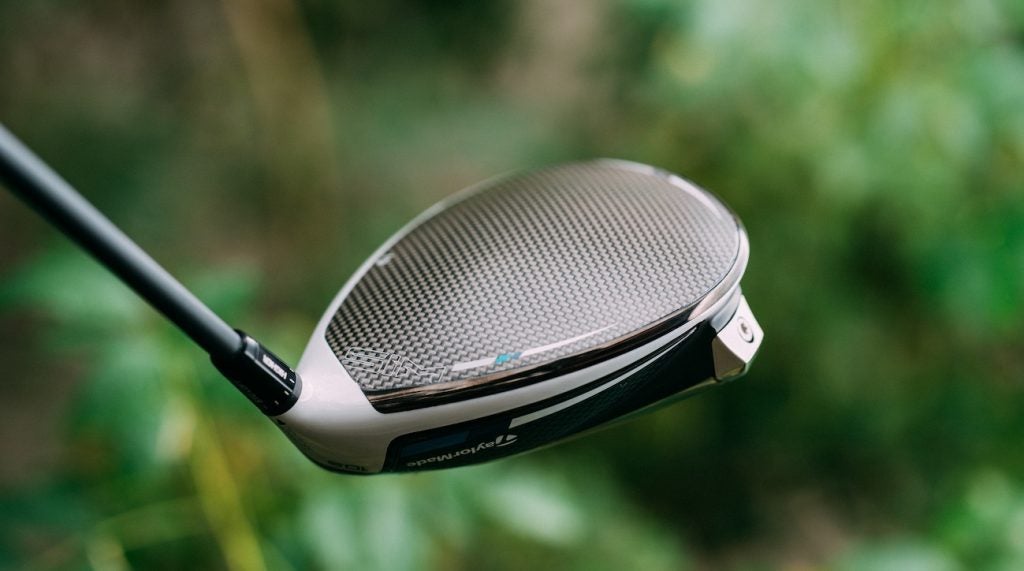
While the SIM driver does still have CG adjustability, the T-track from the M5 is no longer there and only a simplified draw-fade bias track remains.
As Bystedt explained to GOLF.com, the “vast majority” of golfers used one-of-the-two M5 weights in the most forgiving rearward positioning, so the rear Inertia Generator weight of the SIM driver satisfied that forgiveness benefit. Plus, he adds, some golfers were still confused by the dual-track system, so one sliding weight simplifies the adjustability system for golfers. The SIM weight measures 10 grams, and TaylorMade says it creates plus-or-minus 20 yards of draw-fade bias.
There are three different models of SIM drivers; the lowest-spinning SIM driver that has the shallowest face of the three, the SIM Max, which has an 8% larger face and is built for maximum overall forgiveness, and the SIM Max D, which has a built-in draw bias and an 18% larger face than the SIM driver. All three drivers have a 2-degree loft sleeve to allow for loft, lie and face angle adjustments, but only the SIM driver has the draw-fade sliding weight feature.
The SIM driver (8, 9 and 10.5 degrees) will be available for preorder on January 10 and at retail on February 7, and sell for $549.99 with either a Mitsubishi Diamana S Limited shaft, Project X HZRDUS Green Smoke, or a number of other offerings at no upcharge. The SIM Max (9, 10.5 and 12 degrees) and the SIM Max D (9, 10.5 and 12 degrees) will each sell for $499.99. The stock SIM Max shafts will include Fujikura Ventus Blue and Ventus Red, and the SIM Max D stock shafts will include the UST Mamiya Helium.
The Return of V Steel
Although it was released more than a decade ago, TaylorMade’s V Steel fairway woods still appear in the bags of golfers, and they remain one of the most revered fairway woods ever. Why? Well, for one, golfers tend to grow attached to their favorite fairway woods, but also because of the unique sole shaping of V Steel. According to TaylorMade, the V Steel shape improved turf interaction and versatility due to its more rounded leading edge with raised heel and toe sections, which reduced ground friction.
For 2020, TaylorMade is bringing the V Steel sole shaping back into its line of new SIM, SIM Max and SIM D fairway woods.
ADVERTISEMENT

The SIM fairway wood, like the M5 Titanium fairway wood from 2019, has a carbon crown construction, a titanium face and heavy steel sole plate. There are some significant changes in the new SIM aside from just the V Steel shape, however. The face is now made from ZATECH titanium, which is made in small batches by a company that heat treats and hand rolls the material; Bystedt calls it a “craft beer of titanium.” The new, softer and stronger material adds 10 CT points to the face, according to Bystedt, compared to its predecessor.
Also, the SIM fairway wood now has an 80-gram adjustable sole plate, versus the 65-gram plate in the M5 Titanium metalwood, to push weight even lower in the head for increased launch and ball speed.
The SIM Max fairway wood, on the other hand, has a slightly larger profile and it’s made with a C300 steel face. It’s designed for higher launch and peak heights than the SIM, and with the introduction of V Steel, more playability than its 2019 predecessor. The SIM Max D is even bigger than the SIM Max, and it’s designed with an inherent draw-bias for those who struggle slicing the golf ball.
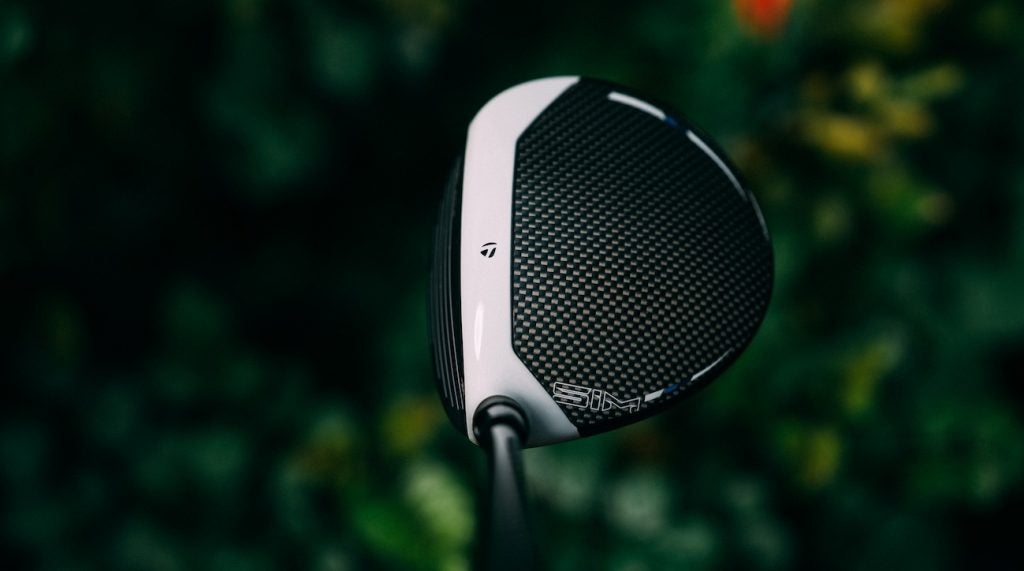
Each of the three SIM fairways have a TwistFace to reduce gear effect on mishits, and they have a new Speed Pocket with a slot insert to eliminate turf drag.
The SIM (14, 15 and 19 degrees) will sell for $399.99 and come stock with a Mitsubishi Diamana FW Limited shaft, but other shafts available at no upcharge. The SIM Max (14, 15, 18, 21 and 24 degrees) and SIM Max D (16, 19 and 22 degrees) will each sell for $299.99.
The “Dustin Johnson” rescue
Dustin Johnson, who admitted he hadn’t used a rescue club in years, shocked equipment fans when he showed up to the 2020 Sentry Tournament of Champions with a new SIM Max rescue club in the bag.
Like the SIM fairway woods, the SIM Max rescuce offers V Steel technology to improve turf interaction and increase playability from a variety of playing conditions. Maybe that’s why DJ feels more comfortable giving this resuce a shot after a long hiatus from hybrids.

The SIM Max Rescue clubs have a more rounded toe section than their predecessors, while still using a C300 steel TwistFace. There is also a Speed Pocket on the sole for enhanced performance across the face.
TaylorMade’s new SIM Max Rescue (19, 22, 25, 28 and 31 degrees) will sell for $249.99 and come stock with a Fujikura Ventus Blue shaft, with other shafts available at no upcharge.
To hear more gear insights from Jonathan Wall and True Spec’s Tim Briand, subscribe and listen each week to GOLF’s Fully Equipped podcast: iTunes | SoundCloud | Spotify | Stitcher
ADVERTISEMENT


